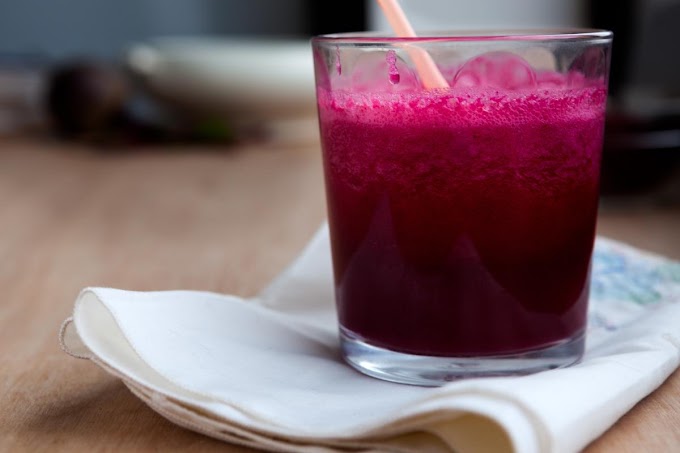The Basics of a Good Vegetable Soup
A good vegetable soup typically starts with a solid base, followed by layers of flavor from various vegetables, herbs, and spices. You can customize it to suit your preferences by using fresh or frozen vegetables, or adding grains like rice, quinoa, or pasta for a more filling dish. The beauty of vegetable soup is its flexibility, allowing you to incorporate whatever ingredients you have on hand.
However, there’s a simple trick that can elevate the taste and texture of any vegetable soup without requiring a ton of culinary skills or time. The trick lies in the combination of a well-made broth and proper sautéing of vegetables.
The Secret Trick: Sautéing Vegetables First
One of the easiest tricks to improve the flavor of vegetable soup is to sauté your vegetables before simmering them in broth. Sautéing helps to bring out the natural sweetness of the vegetables and deepens the overall flavor of the soup. It also ensures that the vegetables become tender without losing their texture. Here’s how you can incorporate this simple technique:
1. Start with Aromatics
Aromatics such as onions, garlic, leeks, or shallots are key to building the foundation of your soup. To begin, heat some olive oil or butter in a large pot over medium heat. Add your chopped onions, garlic, and other aromatic vegetables, and cook until they become soft and fragrant. This step creates a flavorful base that infuses the broth with a rich, savory taste.
2. Add Root Vegetables
Once your aromatics are softened, it’s time to add hardier vegetables like carrots, celery, and potatoes. These root vegetables benefit the most from sautéing, as it helps to caramelize their natural sugars and adds depth to the soup. Stir them into the pot and cook for another five to seven minutes, allowing them to soften slightly before adding the broth.
3. Add Softer Vegetables Later
Softer vegetables, such as zucchini, bell peppers, spinach, and tomatoes, don’t require as much cooking time and are best added after the harder vegetables have had a chance to soften. This ensures that they retain their texture and don’t become too mushy during the cooking process.
Choosing the Right Broth
While sautéing your vegetables is key to a flavorful vegetable soup, another essential component is using the right broth. The broth is the backbone of any soup, and using a high-quality broth can significantly enhance the overall taste. You can opt for vegetable broth, chicken broth (if you don’t mind adding a non-vegetarian element), or even homemade stock for the best results.
1. Use Low-Sodium Broth
When buying store-bought broth, opt for low-sodium options so you have more control over the saltiness of your soup. You can always add more salt later, but it's harder to fix a soup that’s too salty.
2. Make Homemade Broth
Making your own vegetable broth is surprisingly easy and allows you to control the flavors. Simply simmer vegetable scraps like onion skins, carrot tops, and celery leaves with herbs and spices for about an hour, then strain. Homemade broth not only tastes better, but it’s also a great way to reduce kitchen waste.
Seasoning and Spices
Seasoning your vegetable soup properly is just as important as choosing the right vegetables and broth. Herbs, spices, and seasonings can transform a bland soup into something extraordinary. A combination of fresh and dried herbs works best to build layers of flavor.
1. Use Fresh Herbs
Fresh herbs such as parsley, cilantro, thyme, and basil can add brightness to your soup. Add them towards the end of the cooking process so their flavors remain fresh and vibrant.
2. Incorporate Dried Herbs and Spices
Dried herbs like oregano, rosemary, thyme, and bay leaves add an earthy and robust flavor to vegetable soup. Start with a small amount, as dried herbs tend to have a stronger flavor than fresh. Additionally, spices such as cumin, turmeric, or paprika can give your soup an extra kick and an interesting depth of flavor.
3. Don’t Forget Salt and Pepper
As simple as it sounds, salt and pepper are crucial to seasoning any soup. Salt enhances the natural flavors of the vegetables, while pepper adds a slight heat. Be sure to taste your soup as it cooks, adjusting the seasoning along the way.
Adding a Source of Protein
To make your vegetable soup more substantial, consider adding a source of protein. This can turn a light vegetable soup into a satisfying meal. There are plentyof plant-based and animal-based proteins you can choose from, depending on your dietary preferences.
1. Beans and Legumes
Beans such as chickpeas, black beans, or white beans are an excellent addition to vegetable soup. They add heartiness, fiber, and protein, making the soup more filling. Lentils are another great option that can be added directly to the soup without pre-cooking.
2. Grains and Pasta
Grains like quinoa, barley, or farro are fantastic for adding texture and body to your soup. They absorb the flavors of the broth as they cook and help make the soup more nourishing. Small pasta shapes such as orzo or ditalini can also be added for extra substance.
3. Chicken or Tofu
For non-vegetarians, adding shredded chicken is a great way to boost the protein content. For a vegetarian or vegan version, diced tofu or tempeh can provide a protein-rich alternative.
Extra Tips for Perfect Vegetable Soup
In addition to sautéing your vegetables and using a flavorful broth, here are a few extra tips to make sure your vegetable soup turns out perfect every time:
1. Cut Vegetables Evenly
To ensure that all your vegetables cook evenly, try to cut them into uniform sizes. Smaller pieces will cook faster, while larger chunks may take longer.
2. Let the Soup Simmer
Once all your vegetables and broth are in the pot, bring the soup to a boil, then reduce the heat to a simmer. Simmering allows the flavors to meld together, resulting in a more cohesive and delicious soup.
3. Add a Splash of Acid
To brighten the flavors, add a splash of vinegar or lemon juice at the end of cooking. This helps balance the richness of the broth and makes the soup taste fresher.
Conclusion: A Simple Yet Delicious Soup
Making vegetable soup doesn’t have to be complicated or time-consuming. By following the simple trick of sautéing your vegetables first, choosing a flavorful broth, and seasoning it well, you can create a soup that’s full of flavor and deeply satisfying. Whether you’re looking for a quick weeknight meal or a way to use up leftover vegetables, vegetable soup is a healthy, comforting option that can be adapted to suit any palate.








Social Plugin